Exploring 5 Islands Disappearing in the Future and What are the Factors Behind Them
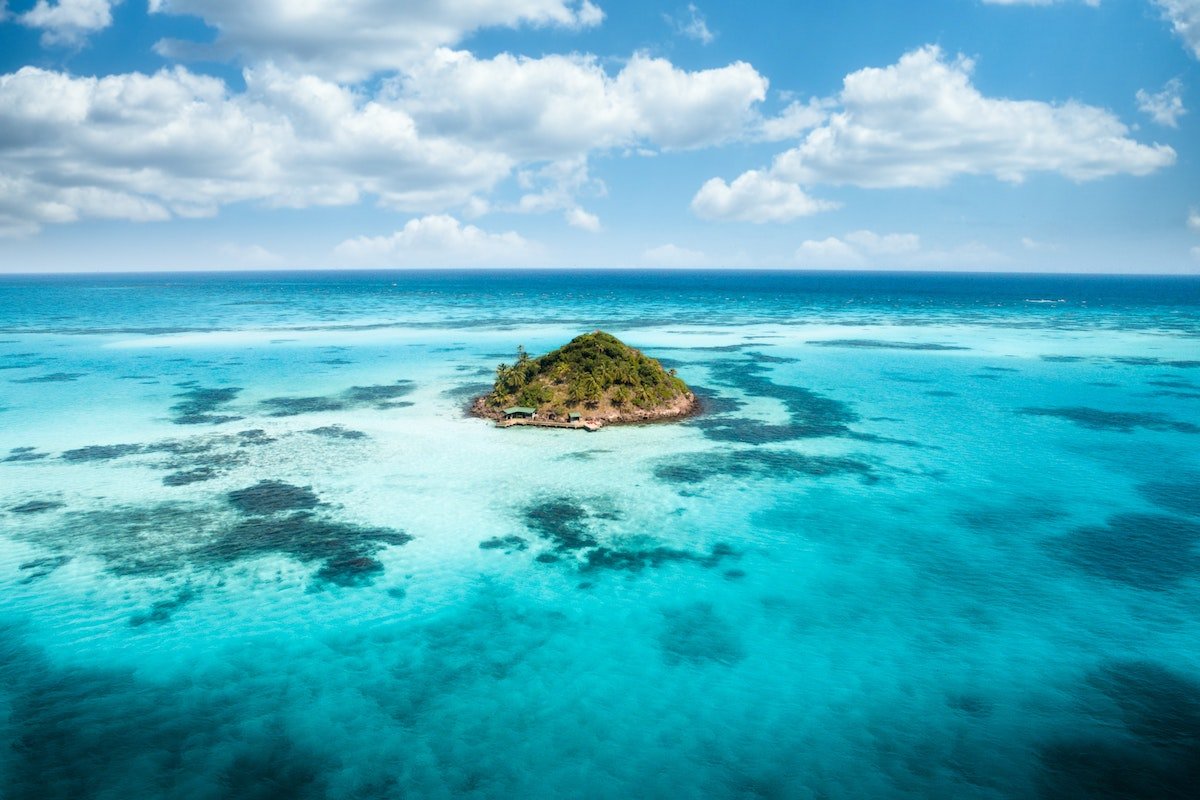
Islands have always held a unique allure for travelers, a promise of pristine beaches, crystal-clear waters, and a slice of paradise away from the hustle and bustle of mainland life.
However, the very isolation and vulnerability that make islands so appealing also place them at the forefront of environmental challenges.
In this article, we will embark on a journey to explore five islands that are on the brink of disappearance and the complex factors behind their decline. Sadly, these are some of the most beautiful island destinations too.
From rising sea levels to human activities, these islands serve as poignant reminders of the urgent need to address climate change and protect our fragile ecosystems.

1. The Maldives – Paradise Threatened by Rising Seas
Located in the heart of the Indian Ocean, the Maldives is a tropical paradise comprising 26 atolls and over 1,000 coral islands. Famous for its luxurious overwater bungalows and vibrant marine life, the Maldives is also one of the world’s most vulnerable nations to rising sea levels.
The Maldives faces the imminent threat of disappearing beneath the ocean due to its low-lying topography. With an average elevation of just 1.5 meters above sea level, this island nation is particularly susceptible to the effects of climate change. The melting polar ice caps and the expansion of seawater as it warms pose a severe danger to the Maldives’ existence.
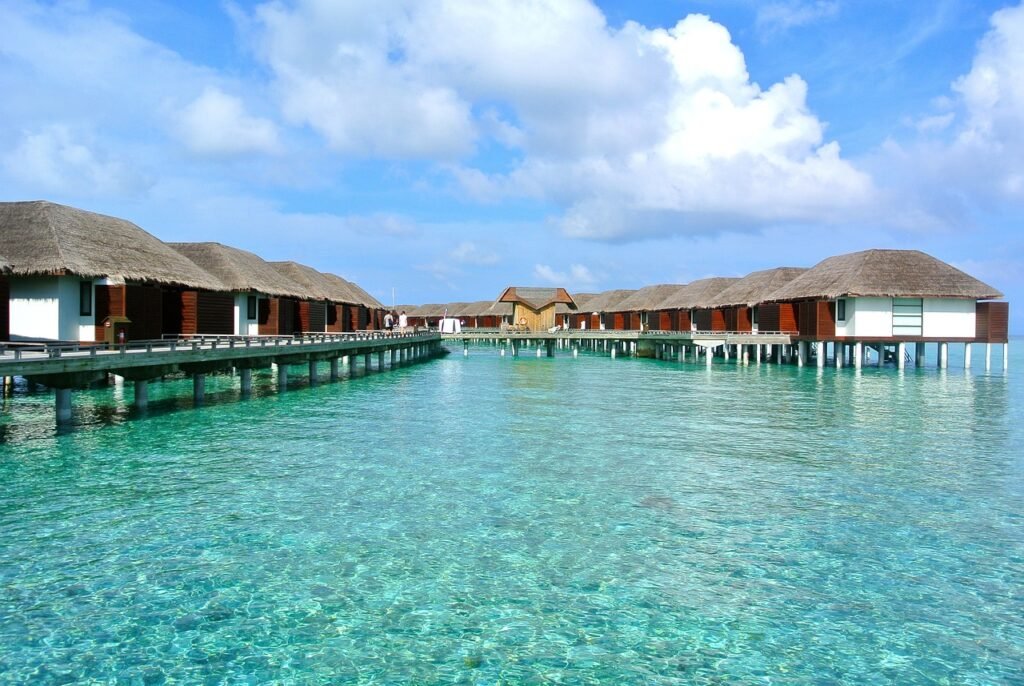
2. Kiribati – A Pacific Nation Under Siege
Situated in the central Pacific Ocean, Kiribati is another island nation grappling with the consequences of rising sea levels. Comprising 33 atolls and reef islands, Kiribati’s average ground level is just two meters above sea level.
The plight of Kiribati and its 120,000 inhabitants is a stark reminder of the human cost of climate change. As seawater encroaches on their homes, the people of Kiribati face the difficult decision of either seeking refuge in other countries or adapting to a life on floating islands. The situation in Kiribati illustrates the urgent need for international cooperation to address climate change and its repercussions.
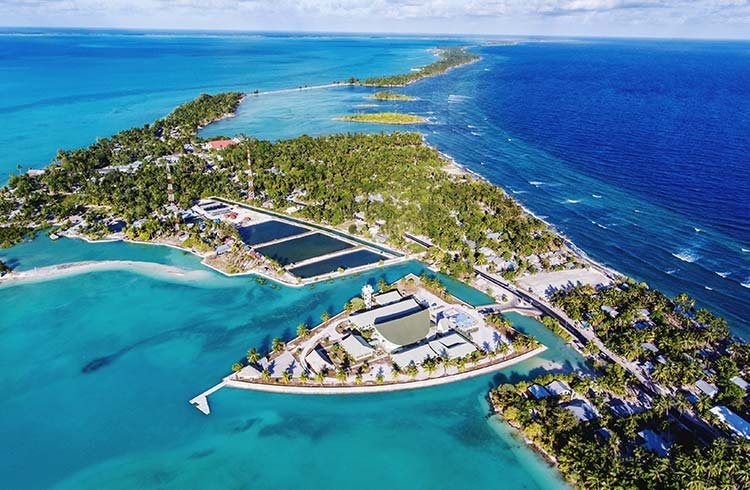
3. Tuvalu – The Sinking Paradise
Tuvalu, a small island nation in the South Pacific, is often considered one of the most endangered countries in the world. With an average elevation of just 1.83 meters above sea level, Tuvalu’s existence hangs in the balance.
The rising sea levels are causing saltwater intrusion, contaminating freshwater sources and rendering the land unsuitable for agriculture. The people of Tuvalu are already experiencing the consequences, including frequent flooding and the need for desalination plants to provide drinkable water. Their predicament emphasizes the need for swift action to mitigate climate change and protect the most vulnerable communities.

4. The Solomon Islands – Disappearing Landscapes
The Solomon Islands, an archipelago in the western Pacific, are known for their lush rainforests, diverse marine life, and vibrant indigenous cultures. However, this paradise is under threat from a combination of factors, including deforestation and rising sea levels.
Deforestation, often driven by unsustainable logging practices, has left the islands more vulnerable to erosion and flooding. Rising sea levels exacerbate these issues, displacing communities and threatening their traditional way of life. The case of the Solomon Islands highlights the importance of sustainable land management and conservation efforts in preserving island ecosystems.
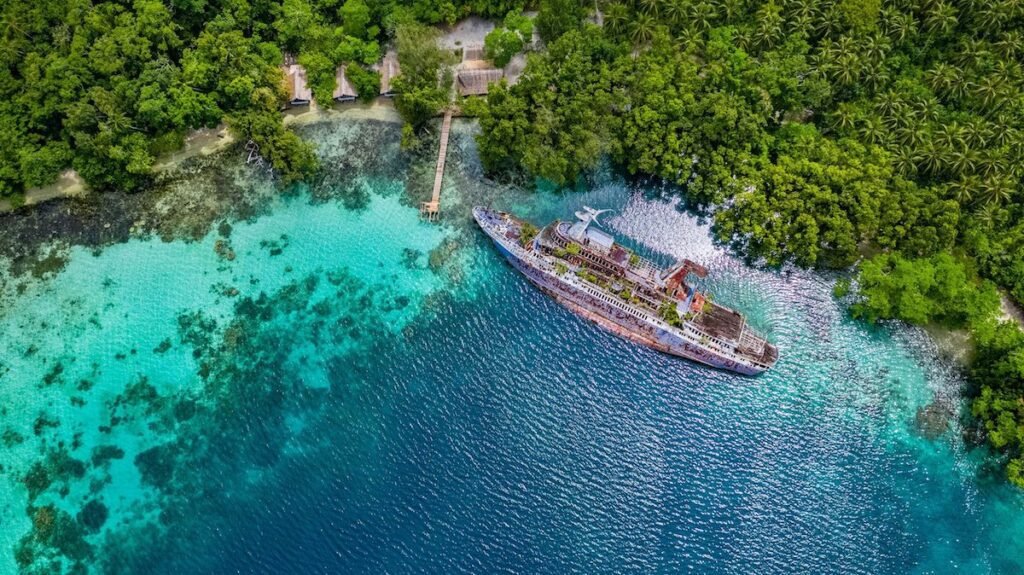
5. The Seychelles – Coral Reefs in Peril
The Seychelles, an idyllic archipelago in the Indian Ocean, is renowned for its stunning coral reefs and diverse marine biodiversity. However, the health of these ecosystems is in jeopardy due to the combined impact of climate change and human activities.
Rising sea temperatures and ocean acidification pose a significant threat to coral reefs worldwide, including those in the Seychelles. Bleaching events have already led to the decline of once-vibrant reefs, impacting both marine life and the tourism industry. Sustainable tourism practices and marine conservation efforts are essential to safeguarding the Seychelles’ natural treasures.
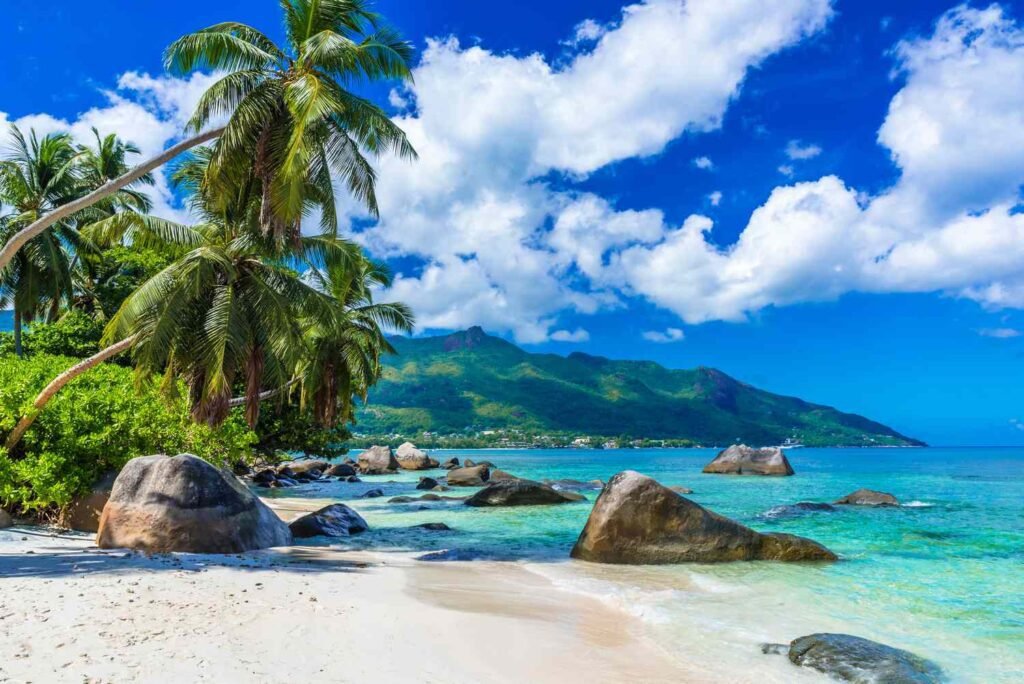
The five islands we’ve explored serve as stark reminders of the urgent need to address climate change and its devastating effects. Rising sea levels, deforestation, and the degradation of coral reefs are just a few of the factors pushing these islands to the brink of disappearance.
In the face of these challenges, it’s imperative for nations and individuals alike to take action. This includes reducing greenhouse gas emissions, supporting sustainable land and marine management, and advocating for policies that protect the most vulnerable communities. By working together, we can strive to preserve these islands and the beauty they offer for generations to come.
As travelers and global citizens, we must recognize the fragility of these paradises and the role we play in their fate. It’s not just the islands that are on the brink of disappearance; it’s our responsibility to ensure their survival and the well-being of the planet as a whole.

(Island Expert)
Christian is a dynamic serial entrepreneur and a licensed real estate agent with a relentless passion for unlocking the potential of island real estate. Christian's expertise extends beyond entrepreneurship and property transactions. He possesses a profound expertise in crafting captivating content and persuasive copywriting tailored exclusively to the enchanting realm of island real estate.




